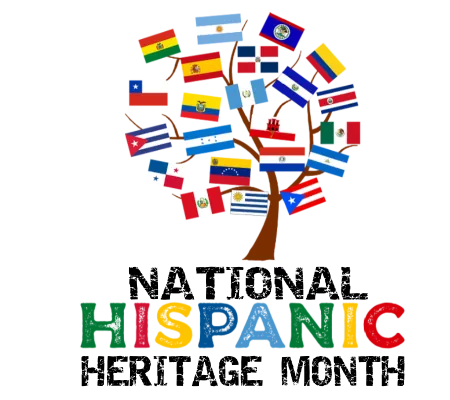The most important and wide-reaching consideration is language. While Spanish is the connecting thread among all Latin countries, there are nuances in dialect that must be taken into account when conversing with someone in Spanish. Words and phrases have different connotations from region to region. Commonly used words and phrases in Guatemala or Puerto Rico can have very different meanings in Mexico.
National Hispanic Heritage


From September 15 through October 15 each year, we celebrate National Hispanic Heritage Month. It recognizes the contributions, heritage, and cultures of the diverse Hispanic and Latino populations in the United States. In 1968, a week-long observation began under President Johnson. Twenty years later, President Reagan expanded it to a month. Hispanic and Latino Americans are the fastest growing population in the United States -- one out of four children are Hispanic and/or Latino according to the U.S. Census Bureau.
While we take time to honor the contributions of our Hispanic and Latino friends, family, and neighbors, we must acknowledge Latinos living in the U. S. experience disproportionate health disparities. The U. S. workforce included 29 million Hispanic/Latino workers in 2020. Hispanic workers are projected to account for 78 percent of net new workers between 2020 and 2030. Almost half of Hispanic or Latino employees work in the farming, fishing, and forestry industry. Many of these workers experience unacceptable and dangerous working conditions without any legal protections.
Aside from dangerous working conditions, Hispanics and Latinos also tend to suffer from other health conditions such as hypertension, diabetes, obesity, asthma, cardiovascular disease, and chronic kidney disease at higher rates than their white counterparts. This health gap is attributed to:
- Lack of access to ample and nutritious foods
- Harsh and unsafe living conditions
- Lack of access to adequate physical and mental health care
- Dangerous working conditions.
Language barriers and cultural differences compound each of these individual challenges.
How do we address the challenges facing our Hispanic/Latino community members?
Family is paramount in Latino culture. Decisions around health and well-being are usually discussed amongst family. Successfully addressing issues and setting up a treatment plan must include this core value. This could look like family attending appointments with the member. The member may also need time between appointments to discuss treatment options with their loved ones before moving forward with their provider.
Hispanic and Latino cultures are not all the same. While 21 countries around the world list Spanish as the official language, there are also a variety of Indigenous and European cultural and linguistic influences woven throughout the Spanish-speaking world. One specific group often left out of the conversation around Latino identity is the Haitian people. Haiti and the Dominican Republic are both located on the island of Hispaniola in the Caribbean. Haitian immigrants call more than half of the counties in North Carolina home. In our region, 34 of our 46 counties are home to Haitian immigrants. Therefore, cultural competency around Haitian beliefs and practices will lead to a more effective relationship between providers and members.

One of the absolute best ways to be effective in working with the Latino community is to get involved and create sincere relationships. This opens doors and provides opportunities. It creates trust that will then translate into better health outcomes. When working to address these health disparities, remember that cultural sensitivity and humility should be at the heart of the work we do. When cultural and linguistic barriers are kept in mind, we can effectively work together with our members to find solutions that are patient- and person-centered.